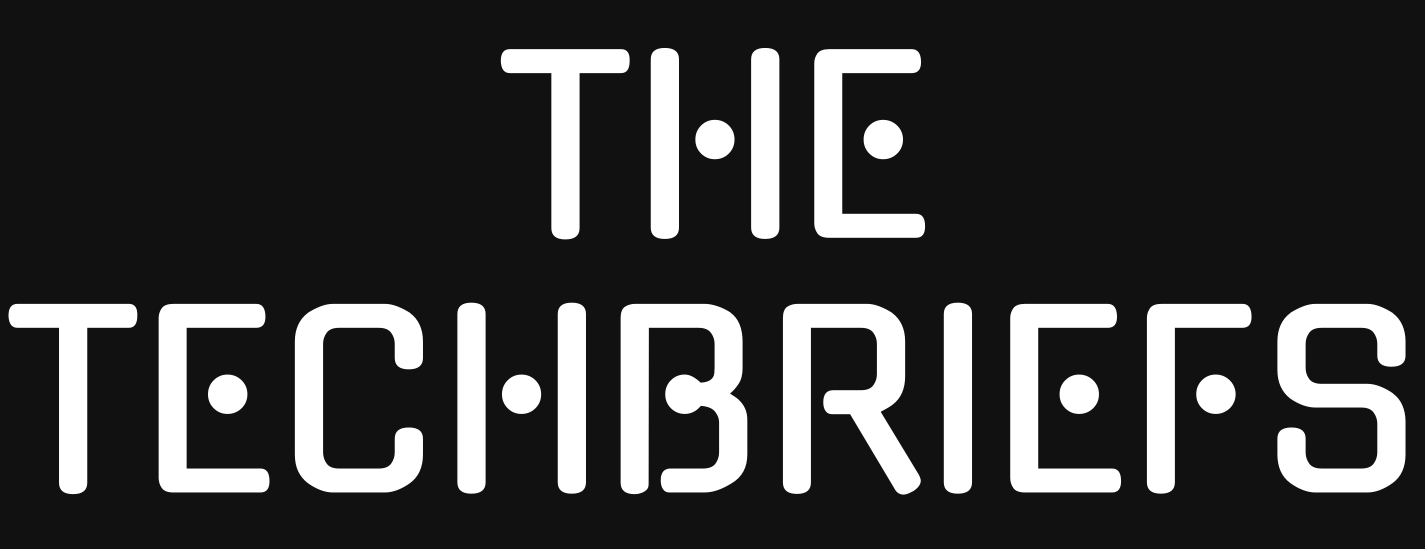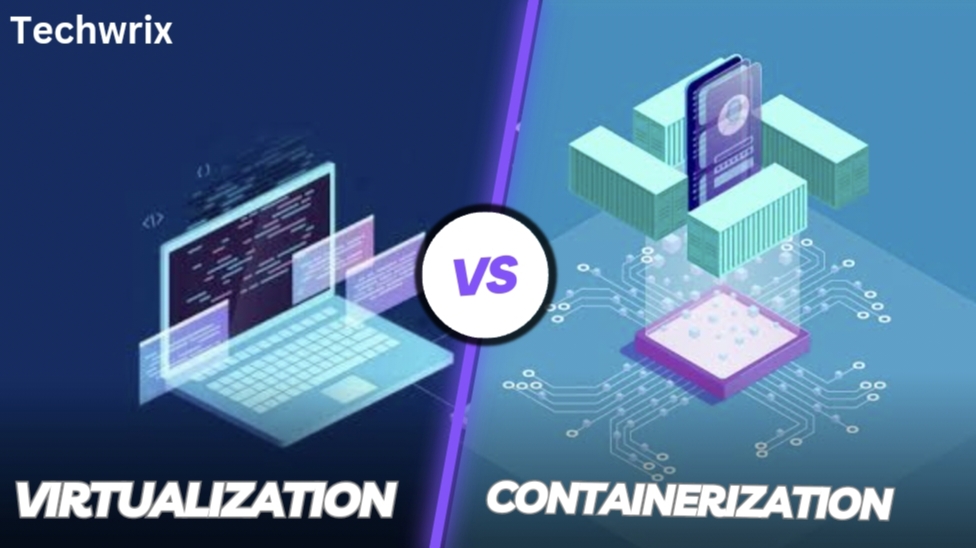You’ve probably seen this happen: the monthly cloud bill drops, and it’s way higher than expected. You check usage reports. Compute looks fine. Storage seems under control. Then you find the culprit—some forgotten dev cluster running 24/7, overprovisioned and untagged.
In 2025, with cloud spend growing faster than almost any other IT category, you can’t afford these slip-ups. The cloud gives us scalability and flexibility, but it also gives us a hundred ways to overspend.
That’s where cost optimization comes in. This isn’t about cutting corners or squeezing teams—it’s about smart engineering. Your goal is to build fast, scale safely, and spend with intent. Below, I’ll walk you through seven technical strategies you should use right now to keep your cloud bills under control—without giving up performance or innovation.
Also Read: How AI is Enhancing Cloud Performance and Cost Optimization?
Let’s break down the key strategies you need to adopt—and we’ll start with the one that connects your code to your costs: FinOps
#1. Use FinOps to Align Finance and Engineering
Let’s be honest: finance rarely understands why we need 40 Kubernetes clusters. And we don’t always understand how much each one costs. That’s a problem.
FinOps bridges that gap. It’s a discipline—not a tool—that forces finance, product, and engineering to speak the same language. You build, they budget, and together you track the actual cost of delivering your services.
Start with tagging. You tag every resource—EC2 instances, S3 buckets, GKE clusters—with project, team, and environment labels. Then, use cost allocation reports to show spend per tag.
Here’s what a FinOps-ready setup looks like:
| Component | Why It Matters |
| Cost allocation tags | Tie spend to owners and teams |
| Shared dashboards | Finance sees trends; engineers see impact |
| Budgets with alerts | Catch overruns before they spiral |
| Monthly showbacks | Hold teams accountable |
“By leveraging FinOps practices, rightsizing strategies, and AI-driven automation, enterprises can gain greater cost control while ensuring their cloud environments are resilient, scalable, and efficient.”
— CloudServus
Once you implement FinOps, you stop being surprised by the bill. You start engineering with cost in mind.
#2. Implement Intelligent Resource Management
You’ve probably done this: launched a t3.large for a quick workload and forgot to shut it down. Or maybe you sized your SQL instance for peak load and never scaled it back.
It happens. But in 2025, this is one of the easiest problems to solve—if you use the right tools.
Start with rightsizing. Look at your instance metrics. If CPU never goes above 20%, you’re burning money. Downsize. Better yet, autoscale. Use AWS Auto Scaling Groups, Azure VM Scale Sets, or GCP Instance Groups to add and remove capacity based on real-time demand.
Also, stop leaving dev and staging environments running 24/7. Schedule them. Power them off during nights and weekends.
Here’s how to approach this:
| Optimization Task | Impact |
| Instance rightsizing | Cuts waste by up to 60% |
| Autoscaling compute | Aligns usage with demand in real time |
| Schedule shutdowns | Eliminates idle-time burn for dev/test |
“I break down practical strategies to optimize your cloud investments… covering:
✅ Rightsizing resources
✅ Leveraging spot instances
✅ Automating resource scheduling.”
— Milav Shah, Amazon
Make it a habit: every sprint, run a cost audit. Look at your top five services. Ask, “Do we need all of this running 24/7?”
#3. Leverage Pricing Models That Match Workload Profiles
You can’t keep everything on-demand and expect to stay on budget.
Every cloud provider offers multiple pricing models. In production, use Savings Plans or Reserved Instances—commit for 1–3 years and slash prices by up to 72%. For workloads that tolerate interruptions—batch jobs, machine learning training—go with Spot Instances or Preemptible VMs.
Here’s how you should think about workload pricing:
| Workload Type | Best Pricing Model |
| Steady production loads | Reserved Instances/Savings Plans |
| Batch jobs & test runs | Spot or Preemptible Instances |
| Traffic spikes or bursts | On-demand with autoscaling |
“Within the first month, I made a single change—Reserved Instances—which resulted in $40,000/month savings across 100 AWS accounts.”
— Reddit /r/aws
So before your next architecture review, ask: Are we using the right pricing model for this workload?
#4. Optimize Storage and Data Transfer Costs
Storage feels cheap—until you scale. Then it explodes.
Your S3 buckets or Blob containers may look fine, but old backups, audit logs, or uncompressed media files quietly drain your budget. And don’t forget about egress costs. Data transfer between regions or out of the cloud? That’s where bills balloon.
Utilize lifecycle policies to automatically tier data. Archive logs after 30 days. Move cold assets to Glacier or Archive tiers.
Here’s what you should enforce:
| Storage Action | Why It Matters |
| Lifecycle tiering | Moves stale data to low-cost storage |
| Data compression | Shrinks volume, lowers transfer costs |
| Inter-region optimization | Avoids unnecessary replication charges |
“Fine-tune the volume and scale of resources to ensure efficiency without compromising on the performance of applications.”
— Alex Xu
If your team owns large datasets, get serious about object lifecycle rules. It’ll pay off in months.
Also Read: Architecting Secure and Scalable Storage with Amazon S3
#5. Use Advanced Cost Management & Monitoring Tools
Yes, native tools like AWS Cost Explorer or Azure Cost Management help—but they’re not always enough.
When you run large environments with Kubernetes, multi-cloud setups, or lots of microservices, you need granular visibility. You need tools that break down cost by namespace, pod, team, feature.
Here’s what top teams are using:
| Tool | Best For |
| CAST AI | Kubernetes autoscaling and rightsizing |
| Kubecost | Pod/namespace-level cost tracking |
| CloudZero | Cost per customer, tenant, or feature |
These tools help you go from “This region is expensive” to “Team X’s ML pipeline in us-west-2 costs $3,800/month.” That’s when you can start optimizing intelligently.
#6. Adopt Predictive Analytics and ML-Based Cost Controls
The best cost optimization in 2025 isn’t reactive—it’s predictive.
Cloud providers now embed machine learning into their optimization engines. Tools like AWS Compute Optimizer, Azure Advisor, and GCP Recommender analyze your usage and suggest improvements before things spiral.
These tools help you:
- Forecast growth and budget proactively.
- Detect anomalies (e.g., sudden spikes in Lambda invocations).
- Receive real-time alerts and savings opportunities.
“The biggest impact of effective cloud cost optimization is creating the 1:1 relationship between resources required and resources acquired.”
— Paul Lewis, CTO, Pythian
Trust the math. Let ML spot inefficiencies faster than you can.
#7. Build a Culture of Cloud Cost Accountability
Tools alone won’t save you. Your people need to care.
You must make the cost a shared responsibility. Tag everything. Expose cost data in dashboards. Talk about spending during sprint reviews. Run quarterly audits. Set goals, track wins.
“X (formerly Twitter) slashed its monthly cloud costs by 60% by aggressively repatriating workloads and adopting usage-aware engineering practices.”
— HackerNoon
Start by answering: Who owns this service? What does it cost per month? Can we run it cheaper?
Once teams start thinking this way, you’ll see results. Cost becomes part of the build process—not something fixed after deployment.
Build Smart, Spend Smarter: Why Cost Optimization Is Real Engineering
You didn’t get into cloud engineering to chase down cost anomalies or explain invoices to the finance team. You’re here to build fast, scale smart, and keep systems reliable. But here’s the truth—every technical decision has a price tag, whether it’s the size of an instance or the number of replicas in a deployment.
Cost optimization isn’t about saying “no” to innovation. It’s about making sure your architecture supports the business, not silently draining it. You’re the one closest to the code, the config, and the usage patterns. That means you’re in the best position to fix waste before it happens—not because someone told you to, but because you care about building systems that run efficiently at scale.
In 2025, great cloud engineers don’t just write infrastructure-as-code. They write cost-aware infrastructure. They are aware of the cost of their workloads. They tune performance without overspending. And they teach others to do the same.
Start small. Kill one unused service. Turn off one dev environment. Implement one tagging policy. The wins stack up fast.
This isn’t about saving money. This is about engineering maturity. And you’ve got the skills—and now, the playbook—to own it.




